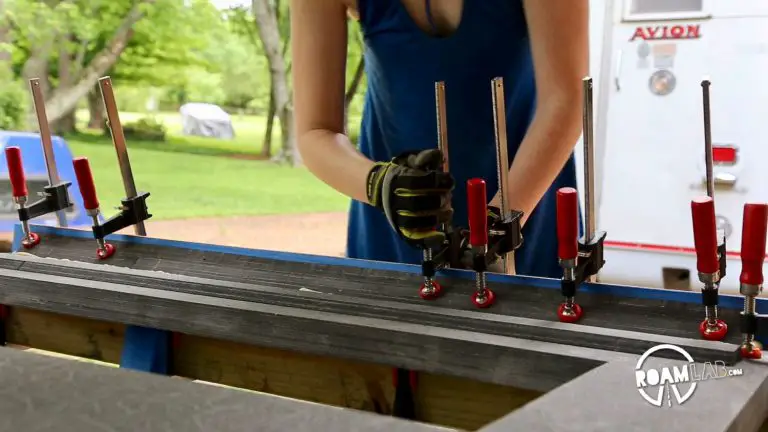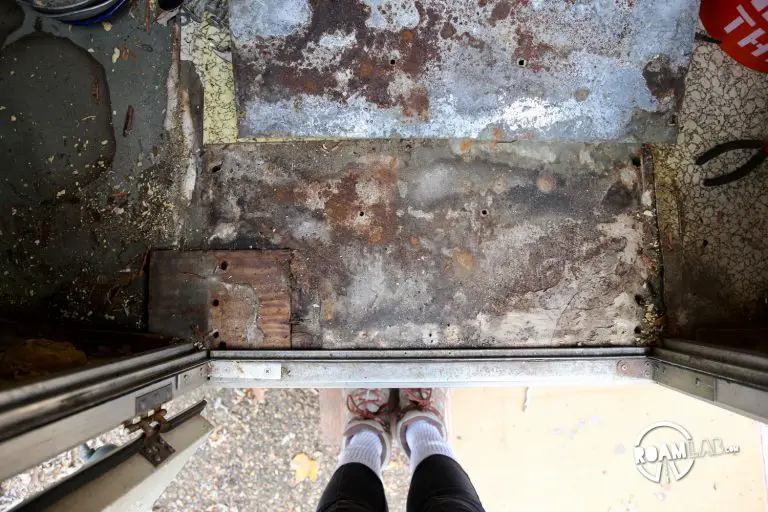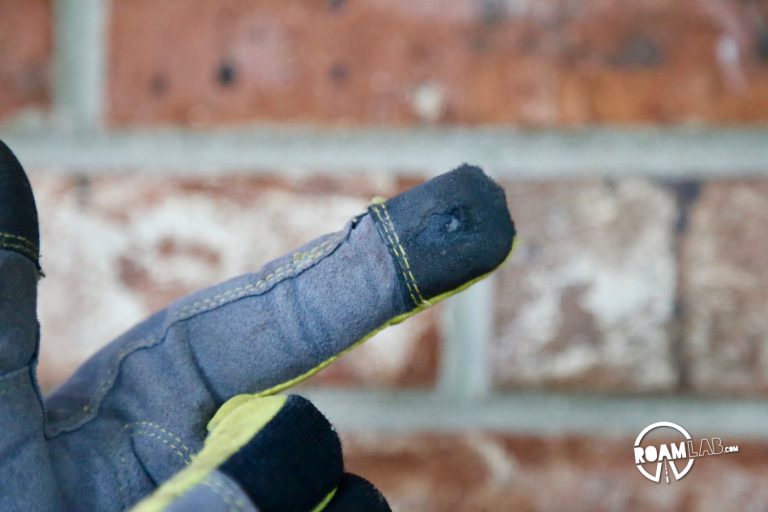Replacing the Truck Camper Bulwark

This has been a long time in the making. When we bought our Avion C11 truck camper, we knew that the full bed aligned east-west would not work for our full time intent. Initially, we struggled to conceive of a method to form a queen sized bed simply by altering the interior arrangement of the camper. While we could introduce sliding or folding out bed extensions, we could not agree on a solution that wouldn't require us to regularly make and break down a bed or block the interior windows. And so, we reluctantly agreed, we would be extending the cabover.






